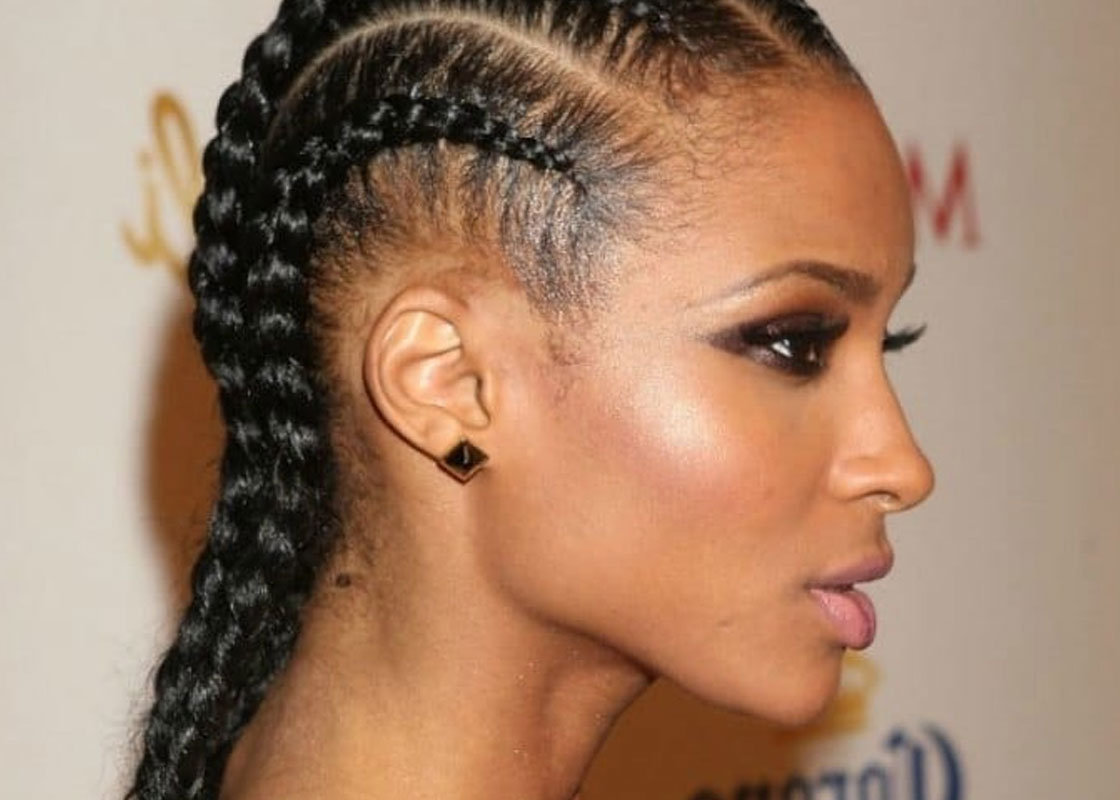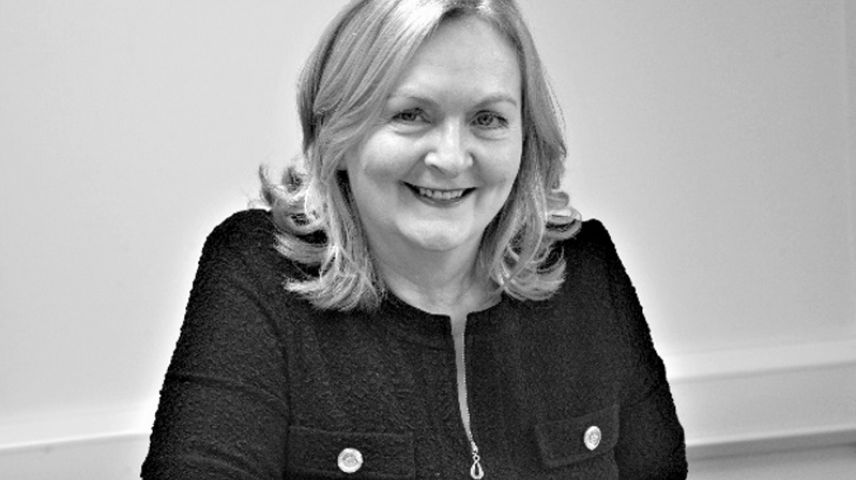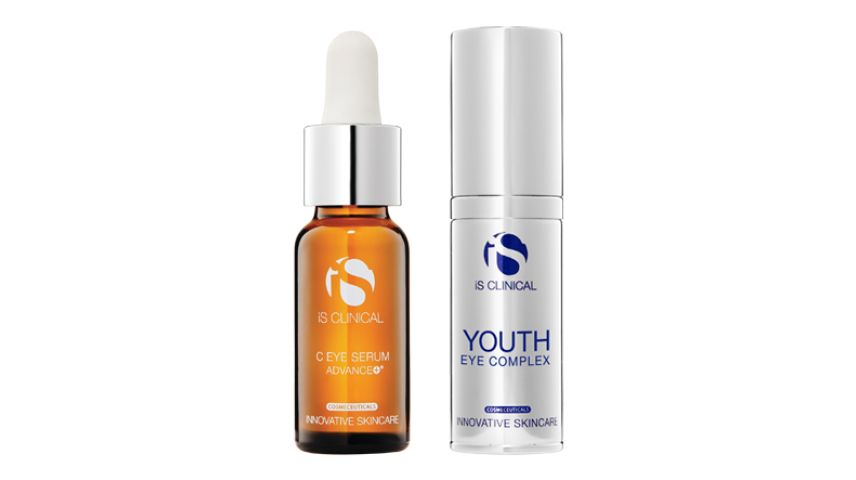Hair Loss in Women
By
Simone Thomas Salon

It has long been known that a woman’s hair is a big part of her self-image. It is a big expression of your style and personality. That is why the hair and beauty industry is worth millions in this country; billions worldwide!
Research also suggests that your hair and self-image are closely intertwined. We have all had a bad hair day and our mood can be affected by this, so to suffer hair loss can be an incredibly distressing event in a woman’s life. Female pattern hair loss in women has a greater psychological impact than in men. In a Glamour magazine survey, over half of the women stated “If my hair looks good, I look attractive no matter what I’m wearing or how I look otherwise,” and “If my hair isn’t right, nothing else can make me feel that I look good”. A women’s hair is central to her ‘feeling of self’, and in many women it affects their self-esteem and even their ability to function on a day-to-day basis.
The idea that thinning hair is a problem for the male population is wrong. Hair loss in women is estimated to affect around eight million of us in the UK. Whilst some may suffer with hair thinning all over, others are experiencing their centre parting widening over time whilst some are developing baldness at their crown. Women rarely develop a receding hairline at the front like many men.
The average scalp has around 100,000 hairs. Each hair follicle produces a single hair that grows at a rate of approximately half an inch a month. Your hair will grow for a period of between two to six years before it goes into a resting state and falls out. New hair replaces the hair that has fallen out and the whole process is repeated. We typically loose between 50 and 100 strands a day. At any given time 90% of your hair is in the growing process and the remaining 10% is in the resting cycle. If you notice that large clumps of hair are falling out when you are washing or styling it, or if your hair is gradually thinning over time, you may want to seek medical advice.
The Savin Scale is a common measure that is used to help determine the amount of hair loss and ranges from normal hair density to a bald crown – this is VERY rare! It’s helpful to use this scale in documenting female pattern baldness – also referred to as androgenic alopecia. There are many experts who think that your genetics and the ageing process play a role in this along with hormonal changes a woman will experience when going through the menopause. You may experience thinning all over with the greatest amount of loss along the centre of the scalp. It may help to visit your local salon and discuss an alternative hairstyle that will help to reduce the signs of thinning hair. Here at Crowning Glory at Simone Thomas Salon we have seen many women across the South, Dorset, Hampshire, Surrey, Berkshire, The Home Counties and London who are experiencing thinning hair issues. Please feel free to book a free consultation with one of our hair loss team who can discuss the options available to you, from a simple restyle, to a custom made wig, to our revolutionary PerfecTress Volumizer System, which is designed to integrate with your own hair adding the volume you have lost. We really do have something for everyone.
What Causes Hair Loss in Women?
There are about 30 different medical conditions and several lifestyle factors that can trigger hair loss in women. Sometimes however, there can be no specific issue that triggers the hair loss. As a starting point hair loss experts normally recommend that you seek testing for potential thyroid problems and possible hormone imbalances. In many cases it has been found that once the cause has been addressed your hair will grow back.
Thyroid Problems
The thyroid is a butterfly shaped gland situated at the front of your neck. The role of the thyroid is to produce hormones that regulate many of the processes throughout your body. If too much or too little thyroid hormone is being produced your hair growth cycle may become affected. Hypothyroidism and hyperthyroidism can cause your hair to fall out. Once the thyroid disorder is treated in most cases the hair will grow back. Other symptoms of a thyroid problem include weight gain, weight loss, sensitivity to cold or heat and changes in your heart rate.
PCOS
If you suffer from polycystic ovary syndrome (PCOS) you will have a chronic hormonal imbalance. The higher levels of androgens will cause additional hair to sprout on your face and body whilst your hair on your scalp will become thinner. You can also experience ovulation problems, acne and weight gain, however thinning hair is sometimes the only sign.
Alopecia Areata
If you start to notice your hair falling out in startling patches you could be suffering from Alopecia Areata. This happens when your own body’s immune system mistakenly attacks your healthy hair follicles. In the majority of cases the hair loss is not permanent and hair grows back within 6-12 months. In very rare cases you may lose all the hair on your scalp and body.
Ringworm
When ringworm affects your scalp, the fungus will trigger a distinct pattern of hair loss – itchy round bald patches will appear on your scalp often appearing red and scaly in nature. An antifungal medication is prescribed to treat the ringworm. It’s important that all family members are checked for symptoms as the fungus is easily spread through direct contact.
Childbirth
During pregnancy some women notice that their hair seems fuller. This is due to the high levels of hormones that keep the resting hairs from shedding as they normally would. However this is often short lived! After childbirth your hormone levels return to normal and the strands can fall out rather quickly. Therefore you will find yourself experiencing a dramatic amount of hair loss rather quickly. Don’t be alarmed. It may take up to two years for your hair to return back to normal.
Hormonal Contraception
The potential for hair loss is a little know side effect of the hormonal contraception. The hormones that are used to suppress ovulation can be a cause of hair loss in some women, particularly affecting those who have a family history of hair loss. Sometimes the hair loss can begin when you stop taking the pill. Other drugs which have been linked to hair loss in women include blood thinners, medicines that are taken to treat high blood pressure, depression, heart disease and arthritis.
Crash Diets
If you go on a crash diet you may find yourself losing more than just weight! Women may notice that they start experiencing hair loss three to six months after losing more than 15lbs. Your hair should start to re-grow of its own accord if you have a healthy diet. If your diet is very low in protein or very high in vitamin A be prepared to lose some hair also.
Tight Hairstyles
It really is not a myth and we have all seen the photographic evidence of celebrities hair loss splattered over the internet and in the magazines and tabloids. Celebrities like Naomi Campbell, Beyonce, Victoria Beckham and Britney Spears to name but a few, who wear cornrows or have excessive use of hair extensions. These, along with tight ponytails and using rollers too tight, can irritate the scalp and cause your hair to fall out. Let your hair down and it should grow back normally. Long term use of these types of hairstyles can cause scarring to the scalp and result in permanent hair loss.
Cancer Treatment
Hair loss is a side effect of chemotherapy and radiotherapy, the two cancer treatments. Whilst they are busy killing cancer cells, unfortunately they can harm your hair follicles, triggering dramatic hair loss. Once the treatment is finished you will find that your hair usually grows back. Whilst undergoing these treatments there are many ways you can cover your hair loss if you so desire. You could wear a wig or a turban or stylish scarf.
Extreme Stress
Some people may suffer a sudden shedding of their hair after experiencing extreme physical or emotional stress such as a serious illness, after undergoing major surgery, experiencing a trauma that involves blood loss or a severe emotional trauma in life. This hair loss may last six to eight months.
Treating Hair Loss
A quick internet search will result in dozens of products and procedures intended to stop hair loss or to encourage hair re-growth. Unfortunately there is no way of knowing whether before and after pictures have been altered or digitally enhanced. Before embarking on anything the best thing to do is seek medical advice from your GP. You may also wish to contact a dermatologist or speak to your local pharmacist.
Laser Devices
A laser device emits a low energy laser light that may stimulate your hair growth to help fight your thinning hair issues. They are available in some clinics and as a hand held device that you can use at home. Laser therapy is best carried out by a hairdresser or a therapist who has the experience and training to use the device properly. It is worth noting that the long term safety and effectiveness of these devices is currently unknown.
Hair Transplants in Women
This procedure involves moving your hair to the areas that are thinning on the scalp from donor sites on the head that have more dense hair. The trouble is female pattern baldness causes your hair to thin all over, so finding donor sites on your head could be problematic. The exceptions are when women suffer from male pattern baldness or have hair loss caused by scarring. This is an expensive procedure, so thorough research is highly recommended before embarking on this avenue of treatment.
Coping With Thinning Hair
If you are experiencing thinning hair ask your hairstylist for tips. Maybe a restyle, cutting longer hair shorter, a change in colour or a different parting can make a huge difference to the look of your hair. Sometimes a gentle body wave can do wonders in adding volume. They can give you tips on how to blow-dry your hair and adding volume at the roots. There are plenty of ladies that visit the hair salon twice a week for a fantastic blow-dry. Your stylist will also be able to recommend products that you can add to your roots to enhance volume whilst blow-drying. There are also special cosmetics that can be used to camouflage visible areas of the scalp. Keratin fibre hair cosmetics are sprinkled over thinning patches and their static charge helps make hair appear thicker.
Coping With Significant Hair Loss
Adjusting to permanent hair loss is incredibly challenging for women. It knocks your confidence and self esteem. Many of our clients have found they couldn’t leave the house, that their hair loss affected their job and their social life. They could no longer go to the gym or go swimming.
If you are feeling very low, please seek help via your GP and counselling. There are so many things that are available to help. Here at Crowning Glory at Simone Thomas Salon we have a huge stock of synthetic wigs, real hair wigs and custom designed wigs. We also offer a wig cutting service. Wigs have come along immensely over the last few years. They are no longer cheap, tacky and uncomfortable to wear. We have lots of clients who do not have hair loss issues who buy wigs from us because they sometimes want to create a different but temporary look. You will never suffer a bad hair day with a good quality wig! We also offer the revolutionary Hair Volumizer System which integrates with your own hair. This system will add instantaneous volume and allows you to swim, go to the gym, pretty much do anything and no one will ever know you have it on.
Please call 01202 760003 (Westbourne) or 01189 760003 (Wokingham) to book a free consultation with one of our hair loss team, where we can assess your hair and offer help and advice regarding your hair loss issues.





